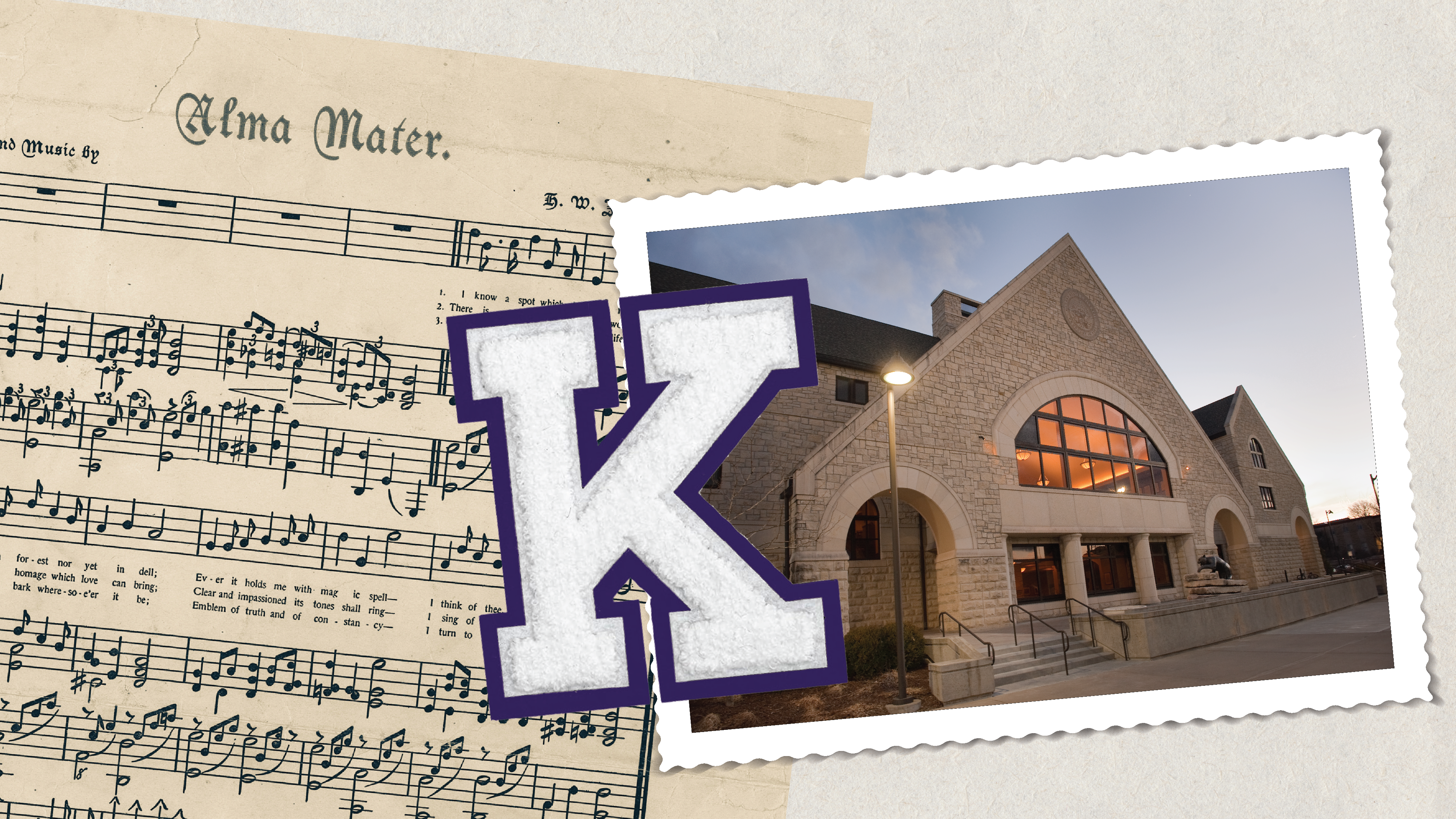Then, now, forever: K-State Alumni Association reflects on 150 years of service to university
It was commencement week at Kansas State Agricultural College. Against the wishes of President John Anderson, alumni of the school met at Manhattan’s Presbyterian Church on Wednesday, June 24, 1874. The meeting established the Alumni Association of Kansas State Agricultural College. Records indicate a large crowd was in attendance and a gift presentation of silver items were given to Joseph Denison, the college’s first president.
“There was the best feeling throughout the evening,” a correspondent wrote in the Nationalist, a local paper at the time. “The music was good, especially the genuine College song.”
Thus begins our history.
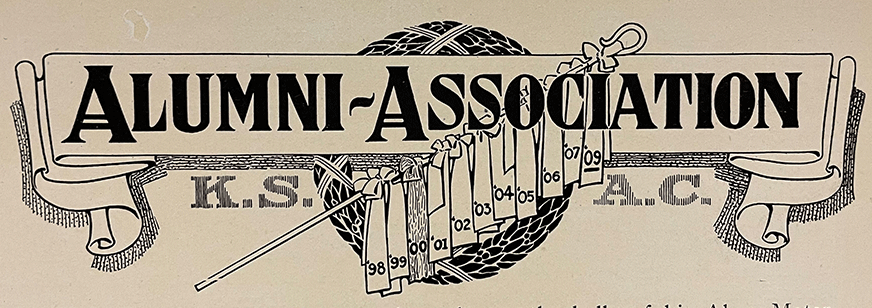 The K-State Alumni Association is celebrating its 150th anniversary in 2024. Since
the very beginning the Alumni Association has advocated for and served K-Staters worldwide,
as well as the university.
The K-State Alumni Association is celebrating its 150th anniversary in 2024. Since
the very beginning the Alumni Association has advocated for and served K-Staters worldwide,
as well as the university.
The graduating class of 1879 was responsible for taking steps to formalize the Association, electing officers, developing a charter and constitution. In doing so the objective of the Association was “the promotion of interests of the College and of acquaintance of its graduates.”
“The latter point has been well attained, not only by means of triennial reunions but by the more informal ones held the intervening years, which are to many even more enjoyable than the triennials and nearly if not quite as well attended,” writes Professor J.D. Walters, author of the 1909 History of Kansas State Agricultural College.
According to the 1940 History of Kansas State College of Agriculture and Applied Science by Professor Julius T. Willard the class took on the burden of planning reunions, alumni dinners and other activities. These triennial reunions took place from 1890 to 1908, at each reunion an alumnus gave an address to those in attendance. Among the speakers include Marion F. Leasure, class of 1887; Nellie Sawyer Kedzie Jones, class of 1876; and Ernest F. Nichols, class of 1888.
As early as 1912 the Association began producing bound volumes of alumni records. Willard writes the first volume was 308 pages and included a brief history of each graduate and some 30 pages of school history prepared by Willard himself. Additionally, the Association raised funds to have portraits of several KSAC presidents to be painted, worked on student recruitment projects and launched a loyalty fund to finance projects that would promote welfare of the college.
As the number of graduates increased, so did the number of programs the Alumni Association directed. The group developed membership benefits. One program was sending copies of the school newspaper, The Industrialist, to graduates. The Alumni Association created formal structures with office space, full-time staff and elected board members. The staff contacted legislators to explain the needs of the college and to seek support for higher education, which is still an important role Alumni Association plays today.
By the 1950s, the organization looked more like today's K-State Alumni Association. The K-Stater magazine was first published in 1951. The first Alumni Medallion was presented in 1969, leading the way for many other student, alumni and faculty awards.
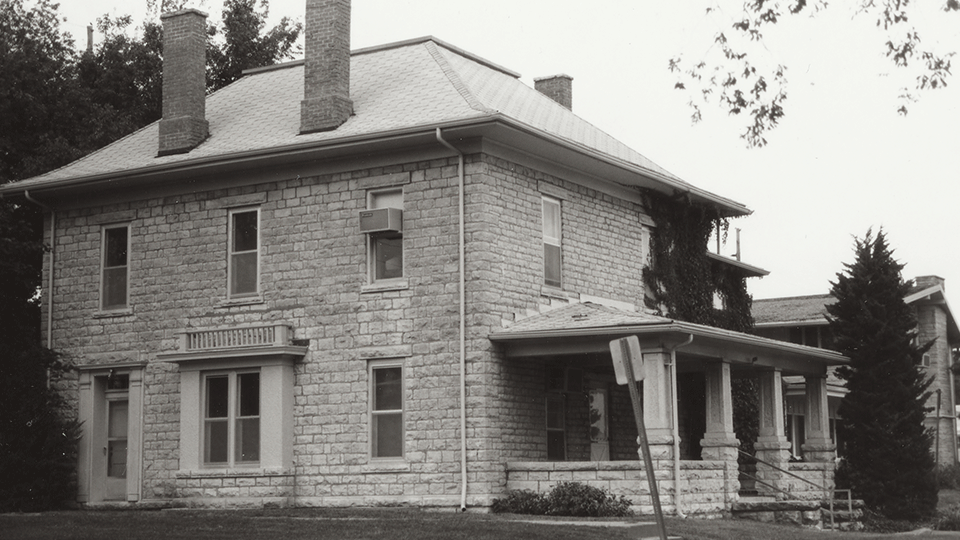 The Alumni Association office moved from Anderson Hall in 1970 to Hollis House (located
where Throckmorton Hall is today), sharing space with the Endowment Association (later
known as the Kansas State University Foundation). About the same time, the Alumni
Association launched the Traveling Wildcats program and established the Tradition Founders fund. By the end of the decade, the Alumni Association reinvigorated K-State Homecoming traditions and established the Student Ambassadors program, allowing two elected students to represent the student body at Alumni Association
events throughout Kansas and at university events.
The Alumni Association office moved from Anderson Hall in 1970 to Hollis House (located
where Throckmorton Hall is today), sharing space with the Endowment Association (later
known as the Kansas State University Foundation). About the same time, the Alumni
Association launched the Traveling Wildcats program and established the Tradition Founders fund. By the end of the decade, the Alumni Association reinvigorated K-State Homecoming traditions and established the Student Ambassadors program, allowing two elected students to represent the student body at Alumni Association
events throughout Kansas and at university events.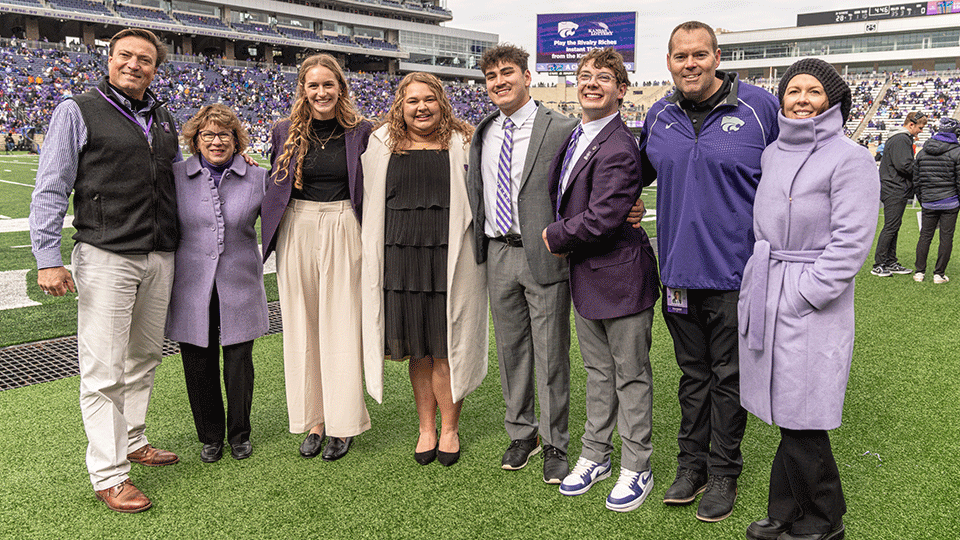
The 1980s and 1990s also were important years for program development, including Alumni Fellows, Student Alumni Board, student recruitment, multicultural alumni programs, a website and the K-State License Plate program. Alumni staff offices also moved to the KSU Foundation Center on Anderson Avenue.
In 1994, Amy Button Renz ’76, ’86, became the Association’s president and CEO. She was the first female alumni director in the Big Eight and later Big 12 conference. Her influence helped shape the Association into what it is today.
“It was very rewarding to see what can happen when you can spend fulltime on something that we could see really, really grow,” Button Renz told K-Stater magazine in 2023. “Becoming the top in the Big 12 and top 10 in the power five conferences I think that was very rewarding. And we needed that financially to help us grow, to be able to put the money and the resources into the K-Stater magazine, to put it into our chapter and club events. And I think it helped me grow as a professional.”
The dawn of a new millennium saw the launch of the Alumni Association’s e-newsletter,
At K-State, which now brings K-State news to more than 117,000 Wildcats around the
world. 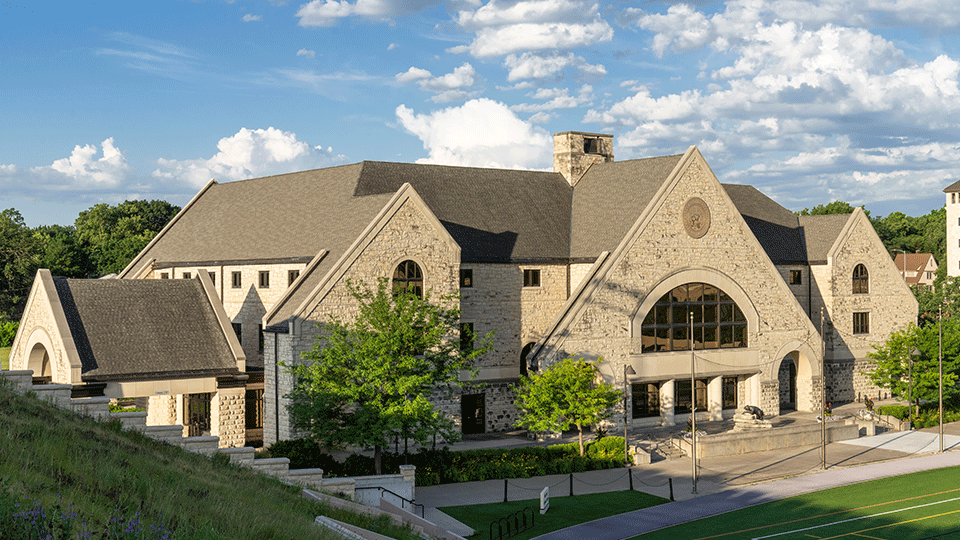 Also, a successful fundraising campaign allowed the Alumni Association to build the
K-State Alumni Center next to Memorial Stadium in 2002. This new building designated a space for the Memorabilia
Room, which allows visitors to take a walk through K-State history by viewing nostalgic
artifacts, vintage clothing and uniforms, university and athletic photos and much
more.
Also, a successful fundraising campaign allowed the Alumni Association to build the
K-State Alumni Center next to Memorial Stadium in 2002. This new building designated a space for the Memorabilia
Room, which allows visitors to take a walk through K-State history by viewing nostalgic
artifacts, vintage clothing and uniforms, university and athletic photos and much
more.
The Alumni Center is a welcoming place for alumni, university and community events, as well as a stage where the Alumni Association has continued to grow, including the establishment of the Wildcats Forever student alumni association in 2002 and — thanks to the success of the K-State License Plate program (with more than 13,000 plates in four states)— the launch of the Legacy Scholarship program in 2009. The Alumni Association’s reach also extends beyond domestic borders; there are 98 K-State alumni-related clubs in the U.S., and we have alumni connections in 15 international locations.
The Alumni Association is ever-changing and yet continues to be the keeper of K-Stater traditions. It is certain the future will hold more exciting changes and programs for Wildcats everywhere.
The Alumni Association will share more history as the year progresses. Stay tuned for more, k-state.com/150.

